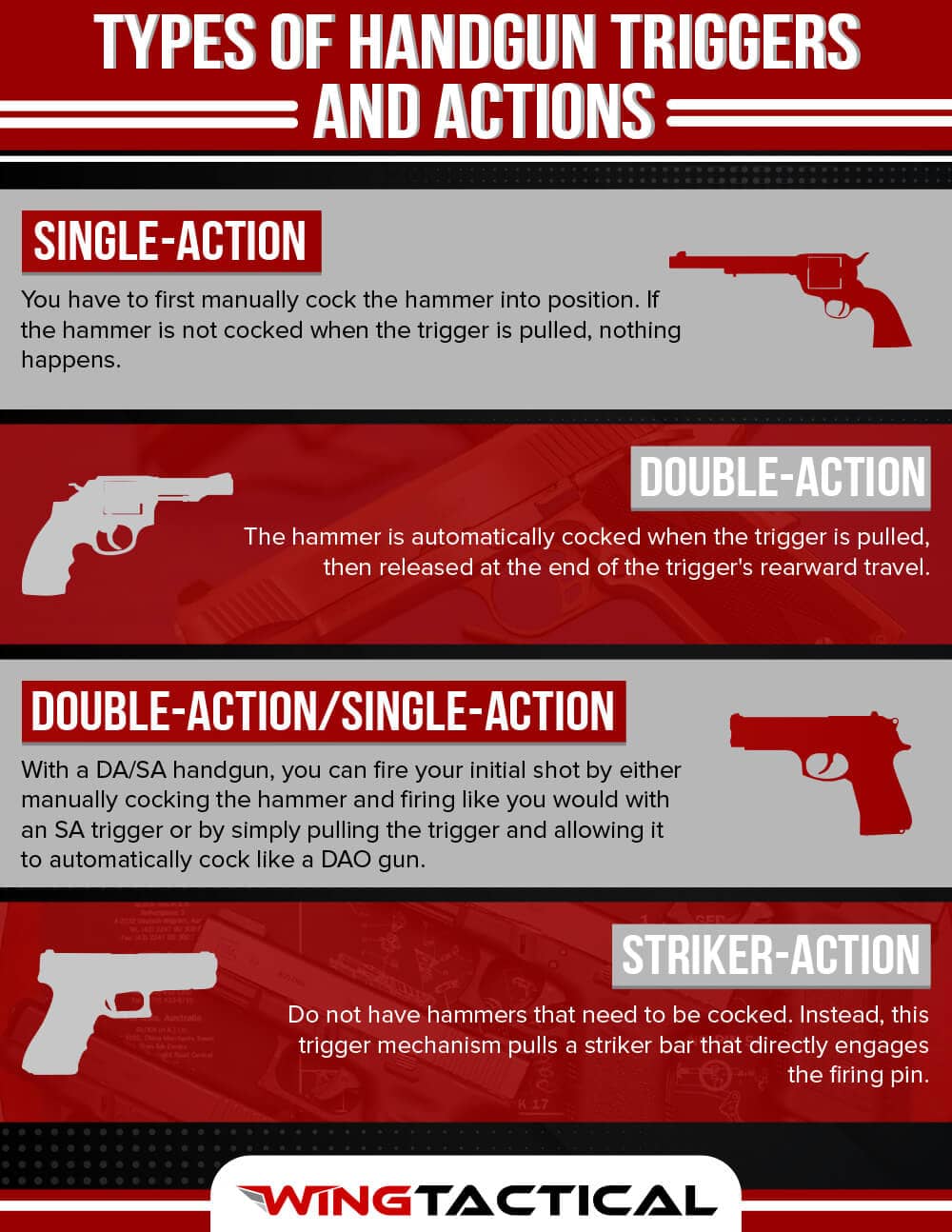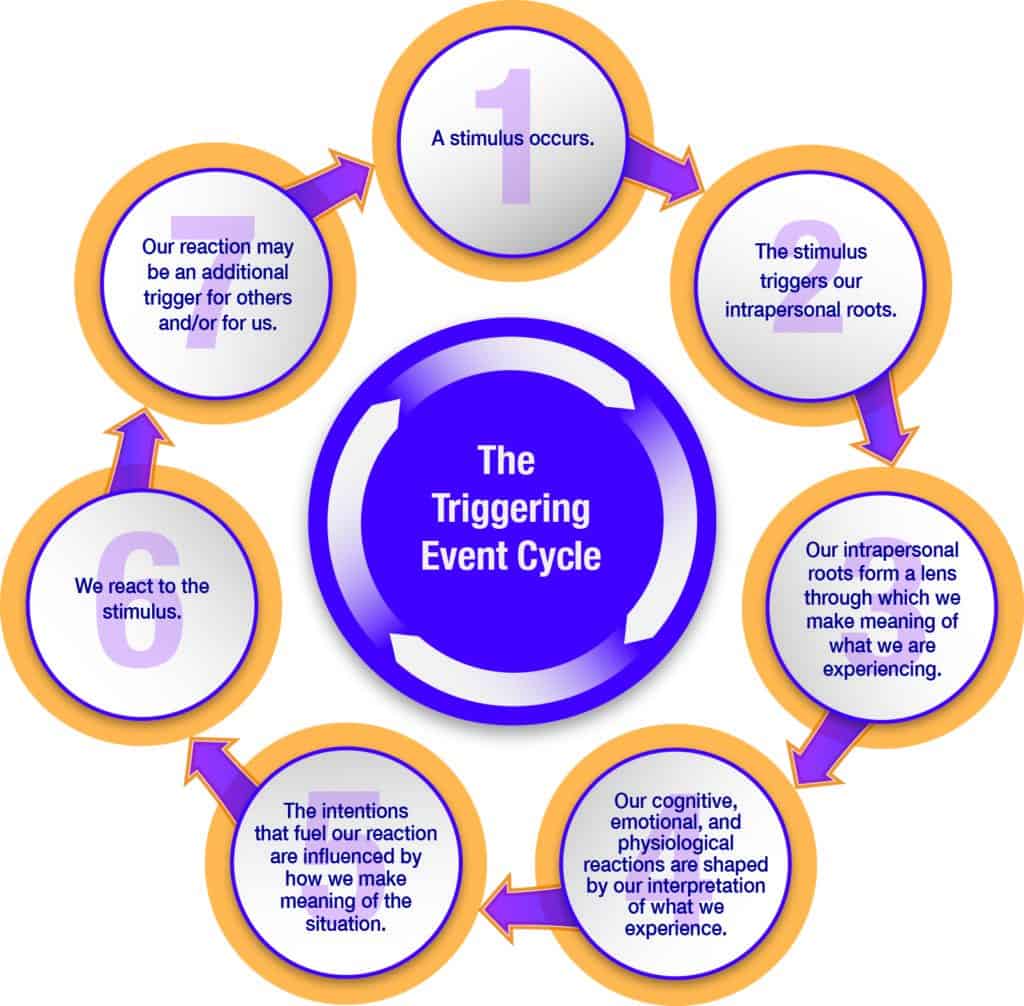The word
trigger
has a broad meaning, and in many cases refers to a trigger for a user to make
a purchase
, or a trigger for something specific. If you can understand the triggers that are useful for users, it will be of great help when considering future measures.
Therefore, in this article, we will provide an overview of triggers and explain their role in
marketing automation (MA)
. We will also explain the difference between triggers and hooks, and why triggers are important in MA, so please use this as a reference.
What is a trigger?
As explained at the beginning, a trigger is a word that often refers to what causes a user to take a purchasing action. In addition to purchasing behavior, in some cases, a trigger refers to an opportunity to take action.
For example, let’s say a user is searching the internet and a display ad shows you the latest fashions. So, if a user is interested in fashion and purchases fashion online, the trigger is a display ad.
The above case is just an example; users are exposed to many triggers and take purchasing actions without realizing it. Therefore, for product and service providers, having a deep understanding of user triggers can lead to a significant increase in sales.

Difference between trigger and hook
A similar word to trigger is the word hook. However, many people may not know the difference between these two. In conclusion, there is a difference in that a trigger is something that causes someone to take an action, and a hook is something that causes someone to become interested.
While a hook only includes meaning up to the level of interest, a trigger includes the flow from interest to action. However, if measures taken as a hook to attract interest lead to purchasing behavior, there are cases where the hook is expressed as a trigger.
As mentioned above, there are cases in which it is used differently depending on the situation, but basically, it is important to understand that hooks are used to spark interest, and triggers are used to trigger action.

Trigger type
When it comes to triggers, they can be divided into two types.
- internal trigger
- external trigger
Let’s look at each in turn.

internal trigger
Internal triggers are triggers caused by negative emotions. For example, let’s say you don’t feel like doing anything on your day off and want to kill time by watching YouTube. What triggered me to watch this YouTube video was a lack of motivation and a negative feeling of wanting to kill time.
On the other hand, positive emotions are also included in internal triggers. For example, let’s say you want to go golfing on your day off and search for a local golf course. This behavior of looking for a golf course is triggered by the positive emotion of wanting to play golf.
Triggers generated by a person’s internal emotions are called internal triggers.

external trigger
External triggers are triggers caused by information received from outside. Examples of external triggers include Internet advertisements, blog articles, email newsletters, and SNS.
It is important for sellers to carefully identify internal and external triggers and take measures.

Role and usage of triggers in MA
Understanding triggers is very important, but triggers are also very important in MA. In normal MA, automation works after a certain amount of scheduling. For example, you can automatically send
an e-mail newsletter
for one week to people who have attended a seminar in the past. However, by using triggers, it is also possible to make the automation function more precisely.
First, let’s set three triggers in MA.
- opponent’s action
- Set according to action
- Set even for users who do not take any action
Let’s look at each in turn.

opponent’s action
First, let’s set up triggers based on the other party’s actions. Buying intentions tend to be high when the customer takes action, so taking appropriate measures at the time of action will increase the closing rate.
For example, let’s say a user downloads an overview document for a particular service. You might want to send a demo video of how to use the service or trial information to these users after a day.
Set the settings based on the other person’s actions and the characteristics of your company’s products and services.

Set according to action
There are cases in which users repeatedly browse the website, but are unable to respond to inquiries or download materials. In this case, you can take measures such as introducing the user to a demo version of the service. If the user is being cycled around many times, it means that the user is unsure whether to make an inquiry or not, so it is important to take measures to encourage the user.
Set even for users who do not take any action
There are a certain number of users who have made inquiries and even tried the demo version, but have not been able to close a deal. This behavior of not taking any action can be set as a trigger, and a few days after using the demo version, an evaluation guide or an extension of the free period can be sent out. Since there are cases where you are comparing your product with competitors’ products during the period when you are not closing a contract, it is effective to send out an e-mail newsletter about the advantages of your product compared to your competitors.

Why are triggers important in MA?
Earlier, I explained how to use triggers in MA. Here we will explain why triggers are important in MA.
- Marketing is changing
- More opportunities to interact with customers
- Customers are given the information they want
Let’s look at each in turn.
Marketing is changing
Marketing is changing day by day, and many users use the Internet to research competitors and similar products, and to find services that are useful for their company. There are fewer cases where sales staff conduct sales on a walk-in basis or outbound sales using tele-appointments.
That’s why MA and triggers, which enable sales promotion activities based on user behavior, are becoming increasingly important.
More opportunities to interact with customers
Nowadays, it has become commonplace for users to compare and consider products, so it is extremely important to increase opportunities to have contact with customers. For example, if you only have
a homepage
and an inquiry form, the only contact you can have is via email after an inquiry. However, by preparing seminars, requesting materials, demo versions, etc., you increase your chances of making contact with customers and gain deep credibility. MA and trigger are important to derive this optimal contact point.
Customers are given the information they want
If there are users who make inquiries that do not lead to a deal, there must be some reason why they do not make inquiries. Therefore, we use MA and triggers to guide users to the demo version and provide information about seminars. By doing so, you should be able to find ways to flow and scenarios that will respond well. By using MA and triggers, you can obtain detailed data, so you can provide the information your customers want, and you can expect to improve your closing rate.

How to create an MA scenario including triggers
Finally, I will explain how to create an MA scenario including triggers.
- Think about the customer journey
- Clarify purpose and target
- Deciding on content and setting triggers
- Reconsider your channels
Let’s look at each in turn.
Think about the customer journey
A customer journey
is the series of steps from when a user becomes aware of a product or service to when they take a purchasing action. By considering customer journeys tailored to your personas, you can identify areas that pose barriers for users to make inquiries and points that cause them to compare and consider competitors.
In order to solve these issues using MA and triggers, first consider the customer journey.
Clarify purpose and target
It is also important to organize the purpose of operating MA. MA tools aren’t cheap, so if you can’t get detailed data or increase your closing rate, you’re wasting your time and money.
Additionally, in order to achieve your goals efficiently, it is important to clarify and reconsider your targets. After thinking about the customer journey, if there are targets who seem to be more interested in your products, reconsider your targets.
Deciding on content and setting triggers
Next, we will set the content and trigger. Regarding the content, there is no problem as long as it is content that solves the user’s problems depending on each medium, such as Internet advertisements,
SEO
column articles, SNS, etc.
Regarding triggers, let’s consider measures and points such as providing free materials on how to use the service to users who request information from an SEO column article but do not take any action for a certain period of time.
Reconsider your channels
Finally, reconsider
your channels
. You may want to set triggers for each channel, but you need to optimize the triggers for each channel. Also, depending on the trigger, changing the channel may lead to better results, so reconsider the channel with the intention of reviewing the entire strategy.

summary
In this article, we explained about triggers. Triggers are things that cause users to take action, and can range from advertisements to email newsletters to articles on the Internet. If you can properly understand the triggers, you will be able to improve your current measures.
Also, in today’s world where marketing is changing and there are more machines that come into contact with customers, triggers are extremely important in MA as well. First of all, why not reconsider the trigger in conjunction with your own situation?
“Switch Plus” provided by our company is an integrated CMS/MA tool that supports the realization of web marketing using your own site as a hub. The initial cost is 20,000 yen (excluding tax), and the monthly usage fee is 20,000 yen (excluding tax), making it affordable. We are also accepting free trials, so if you are interested, please take a look at the overview first.

